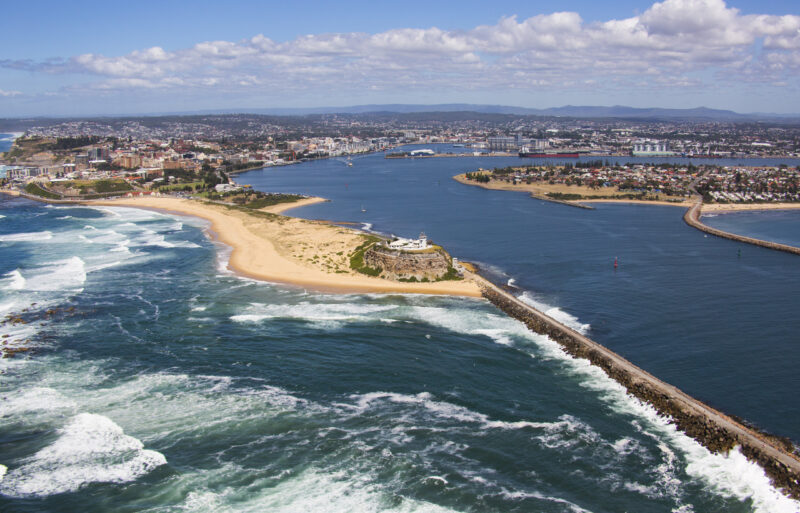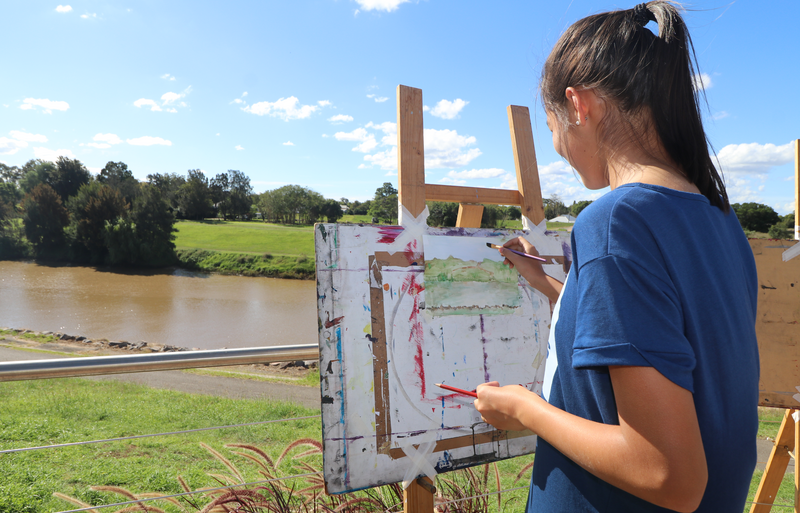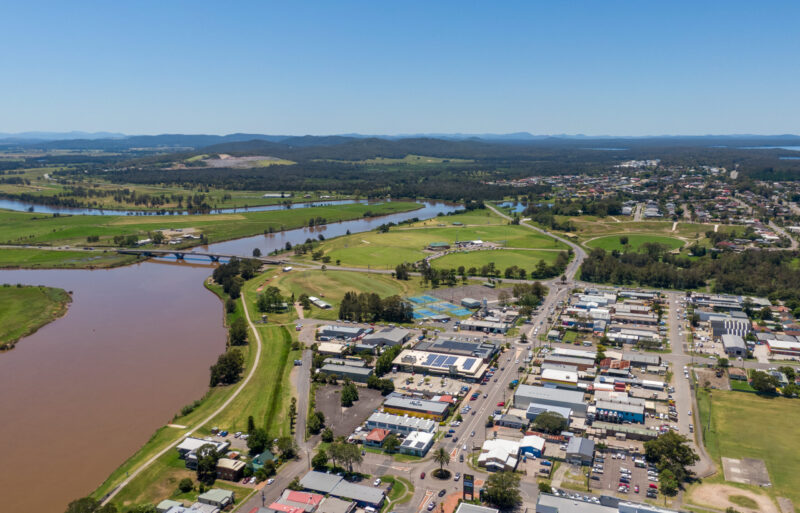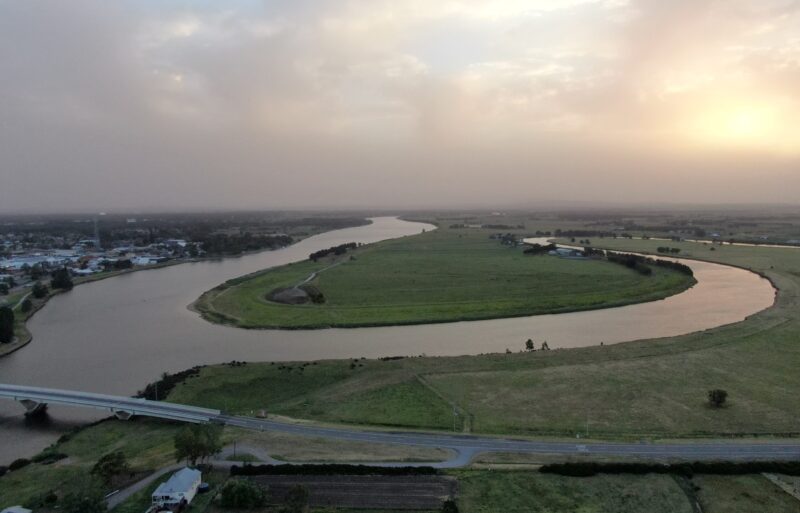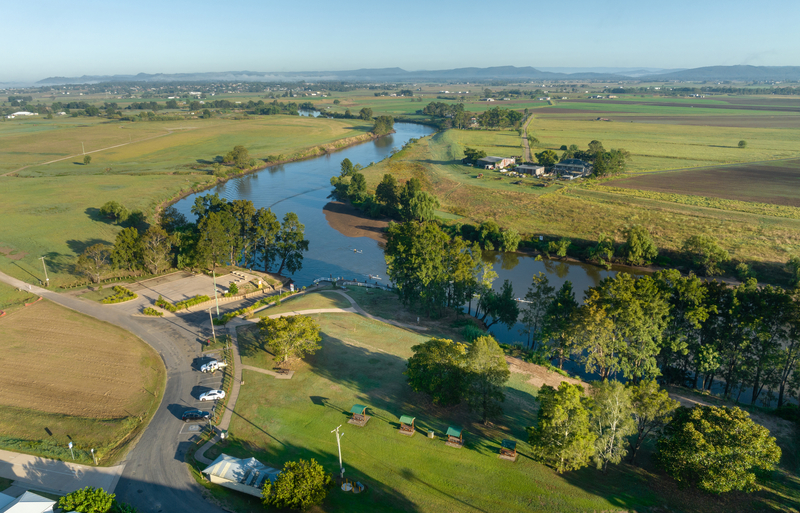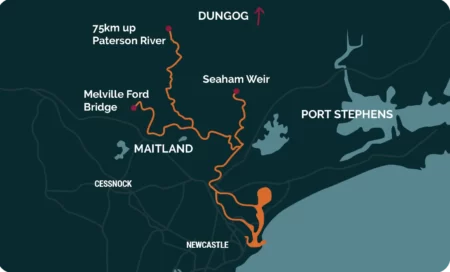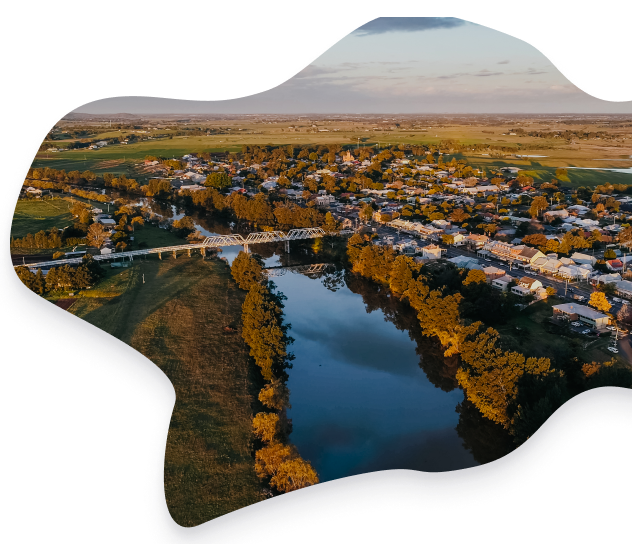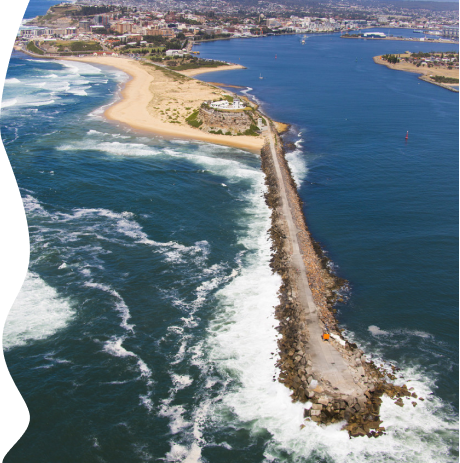ACKNOWLEDGEMENT OF COUNTRY
catchments. The Councils of Maitland, Newcastle, Port Stephens, Dungog and Cessnock,
Hunter Water and Hunter Local Land Services, pay respect to all Aboriginal Elders, past, present
and future with a spiritual connection to these lands
Our Councils recognise the vast knowledge the Traditional Owners provide to the management of the Hunter Estuary and
thank them for their support in the development of the coastal management program.
About Us
Our Vision
The people of the Hunter connect with the Estuary and are united in their stewardship of the Estuary for future generations. The Hunter Estuary is flourishing, resilient to change and rich in natural beauty.
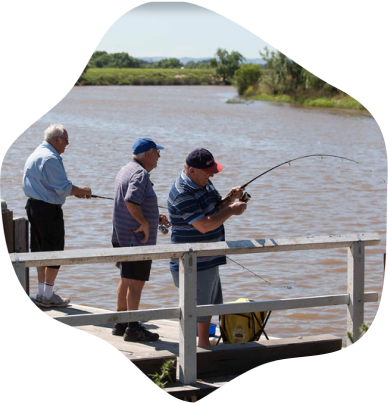
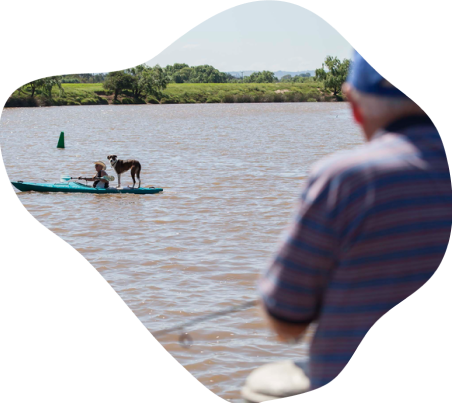
About Us
The Hunter Estuary Alliance is an opportunity for Councils and public authorities to work together to achieve shared objectives and overcome key constraints to coordinated, effective and sustainable management of the Hunter River Estuary for the social, cultural and economic wellbeing of the community both now, and into the future.
Maitland City Council (lead), City of Newcastle, Port Stephens Council, Dungog Shire Council, Hunter Local Land Services and Hunter Water are working together to develop the Hunter Estuary Coastal Management Program. We call on all stakeholders to be part of the process to drive change to create the estuary which we all need.
We Are Here
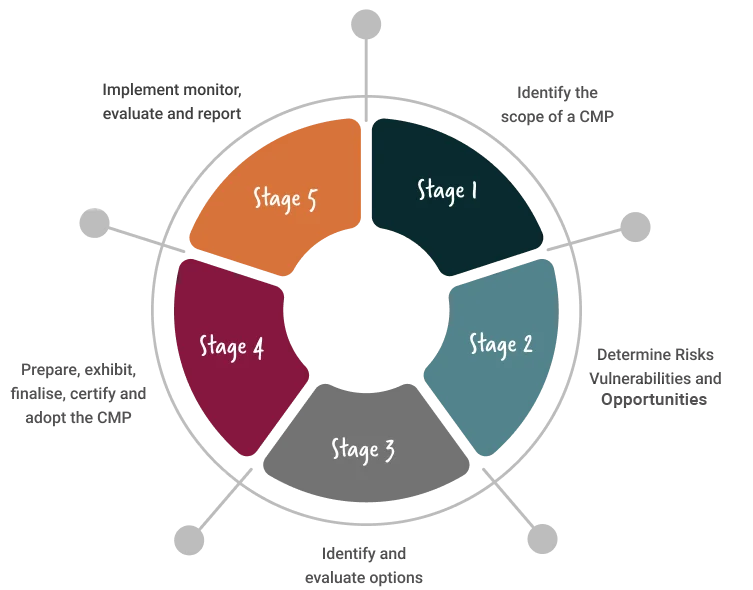
Coastal Management Program
The Hunter River is iconic, passing through many towns and is a community focal point for aesthetics, recreation and livelihoods. The Hunter River Estuary, floodplain, wetland and tributary catchments are of cultural significance to indigenous communities and as traditional owners and custodians of the estuary, Australia’s first people provide the valuable contribution of knowledge, management and spiritual beliefs.
The Hunter River Estuary, where the river meets the sea, is one of the largest in New South Wales, reaching furthest inland than any other estuary and with the largest catchment. The Hunter River is a significant economic zone with Newcastle being one of Australia’s major ports contributing $26 billion to the National Economy every year, significant region of agricultural investment, coal mining, research and development and tourism.
The Hunter Estuary is one of the most complex estuaries in NSW, subject to a range of pressures from mining, agriculture, industry and urbanisation, while also providing a home to internationally important shorebirds and wetlands. The Estuary provides ecosystem services that support community economic, social, physical and spiritual wellbeing whilst also being sensitive to such risks as floods and sea level rise.
Despite the prominence of the Hunter Estuary, the health of the system is rated as fair to poor with recent studies ranking water quality in the estuary as 124/160 for estuaries in NSW. Whilst many groups are making a number of changes and advances in management of their areas, the estuary needs a united approach to create change to system health.
The estuary by definition is the area of the river influenced by the tide and extends from the entrance at the Port of Newcastle to the tidal limits on the Williams River (46km), the Paterson River (75km) and the Hunter River (65km).
The process of developing and implementing a Coastal Management Program (CMP) is an important strategic opportunity for Councils and public authorities to work together in an ‘Estuary Alliance’ to achieve shared objectives and overcome key constraints to coordinated, effective and sustainable management of the Hunter River estuary for the social, cultural and economic wellbeing of the community both now, and into the future.
The Hunter Estuary Coastal
Management Program
Is being developed through the lead of Maitland City Council and collaboration with City of Newcastle, Port Stephens Council, Cessnock City Council, Dungog Shire Council, Hunter Water and Hunter Local Land Services. Together these partners have united to create the Hunter Estuary Alliance – HEAL.
Stage 1
The Hunter Estuary Coastal Management Program Scoping Study has been completed. Review the document here to see our findings






